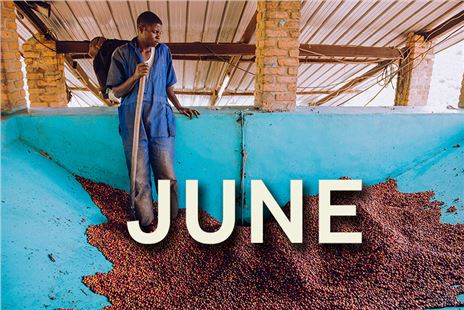THE BENNETTS MONTHLY JUNE '22

All things Bennetts and Coffee ...
As we near the end of the financial year, that
same old phrase of “where has the year gone” can be heard across the country….
Maybe its time for another cup of coffee… STOCKTAKE WAREHOUSE
CLOSURE
“The reports of my death are greatly
exaggerated.” – The Coffee Market, probably.
Coffee for a cause - CafeSmart is now heading into its 12th year! This coffee movement unites roasters, cafes and coffee lovers to help change lives. Millions of coffees and hot brews have been enjoyed in the history of this event, raising over $1.6 million to fight homelessness and support those at risk in their local area - that’s a lot of coffee! This year, after the height of the pandemic and devastating floods in Queensland and Northern New South Wales, donated funds will be aimed around emergency relief efforts, material aid and support for people most at risk of homelessness around CafeSmart participants’ local communities. When is it? CafeSmart will run from Monday August 1 until Sunday August 7, 2022. How does it work? Coffee Roasters get involved by encouraging their wholesale network to take part in the event, and/or by raising funds from their retail bean sales. Cafes activate the event at their venues during the whole week, encouraging their customers to donate the cost of a coffee via a QR code featured on stickers (to be place on coffee cups and other products), on posters and in-store signage. On Friday August 5, participating cafes will donate $1 from every coffee sold. What do you have to do? Just sign up online. CafeSmart will provide you with recruitment or venue collateral to promote the event – such as flyers, posters and stickers, media support, and a locator on their Interactive Map so coffee lovers can find you. You will also be part of their #CafeSmart #helpyourhood social media campaign, building support and community engagement. Where
does the money go? At the end of the event, StreetSmart Australia will map
donations, ensuring funds stay in the same area where they were raised.
Participants and generous donors will help fund vital services tackling
homelessness, such as women’s refuges, medical outreach teams and youth
services, and will also aid in providing emergency relief, meals, clothes,
bedding, showers and much more to those in need. To read more about the impact
CafeSmart had last year, click here.  |




